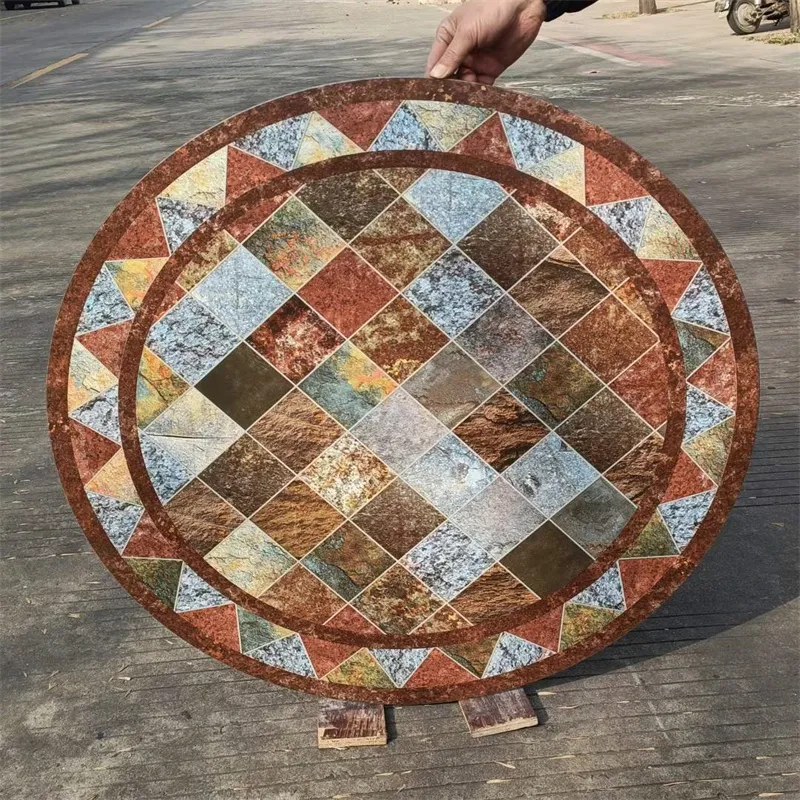Dec . 01, 2024 04:38 Back to list
laminated glass pane
The Importance of Laminated Glass Pane in Modern Architecture
In the contemporary architectural landscape, laminated glass panes have emerged as an essential element due to their durability, safety, and aesthetic appeal. This innovative material is not just used for its transparency but also offers a range of benefits that enhance both functionality and design in buildings.
What is Laminated Glass?
Laminated glass is created by sandwiching a layer of polyvinyl butyral (PVB) or ethylene-vinyl acetate (EVA) between two or more layers of glass. This process is bolstered by high temperature and pressure, resulting in a rigid structure that is significantly more resilient than regular glass. Laminated glass is often used in applications where safety, security, and insulation are paramount.
Safety and Security
One of the most significant advantages of laminated glass is its safety features. In the event of breakage, the interlayer holds the shards in place, reducing the risk of injury from sharp glass pieces. This characteristic makes laminated glass a popular choice in commercial buildings, schools, and homes, especially in areas where children play or in high-security settings.
Moreover, laminated glass provides sound insulation, which is beneficial in urban environments. The PVB interlayer dampens sound waves, making indoor spaces quieter and enhancing comfort for occupants. This property not only contributes to a serene living environment but also adds value to residential and commercial properties.
Energy Efficiency
laminated glass pane

As energy efficiency becomes an increasing priority in building design, laminated glass offers solutions that reduce heat transfer. The interlayer can be manufactured with properties that enhance insulation, helping to maintain comfortable indoor temperatures and reduce reliance on heating and cooling systems. This translates to lower energy bills and a reduced carbon footprint, aligning with sustainable architecture practices.
Aesthetic Versatility
Beyond its practical advantages, laminated glass also plays a vital role in the aesthetic appeal of buildings. It is available in various colors, tints, and finishes, allowing architects and designers to create distinct looks that align with their vision. Laminated glass can also be laminated with decorative elements, such as patterns or textures, further expanding creative possibilities. This versatility opens a world of design options, making it suitable for everything from modern skyscrapers to cozy residential homes.
Applications in Architecture
Laminated glass is used in numerous applications, including windows, skylights, facades, and partitions. Its ability to withstand impact and harsh weather conditions makes it an ideal choice for structures exposed to the elements. Additionally, many buildings utilize laminated glass in their entrances and atriums to create a welcoming atmosphere flooded with natural light while ensuring safety and energy efficiency.
Conclusion
In summary, the laminated glass pane is a remarkable innovation in the field of architecture. Its combination of safety, energy efficiency, and aesthetic versatility makes it an invaluable material for modern construction. As architects continue to push the boundaries of design, the demand for laminated glass is likely to rise, cementing its place as a staple in the construction industry. By embracing the unique properties of laminated glass, we can create safer, more sustainable, and visually stunning spaces that meet the needs of today and the future.
-
Safety and Style with Premium Laminated Glass Solutions
NewsJun.24,2025
-
Reinvents Security with Premium Wired Glass
NewsJun.24,2025
-
Premium Float Glass Line for Modern Architecture
NewsJun.24,2025
-
Low Emissivity Glass for Energy-Efficient Architecture
NewsJun.24,2025
-
High-Performance Insulated Glass Solutions for Modern Architecture
NewsJun.24,2025
-
Elevates Interior Style with Premium Silver Mirror
NewsJun.24,2025
Related PRODUCTS














